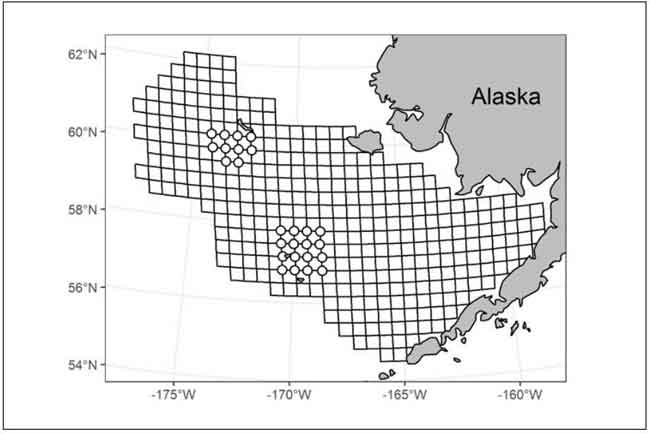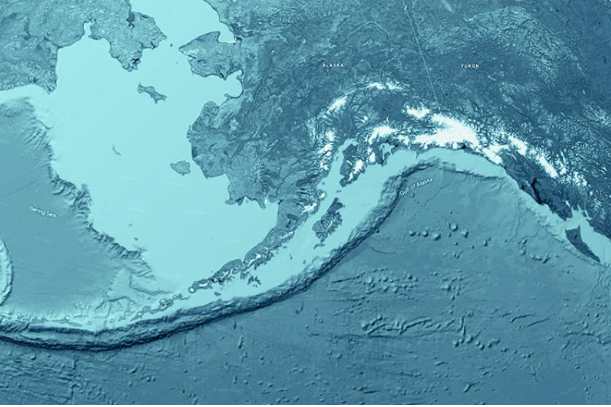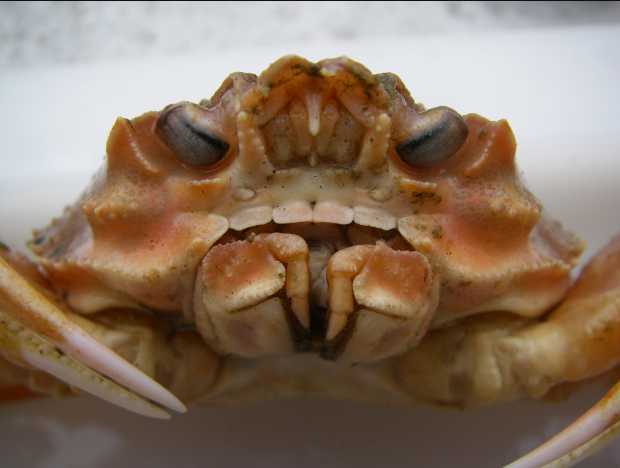Thirty scientists from NOAA’s Alaska Fisheries Science Center will spend the next few months on the Bering Sea, collecting data in annual and biennial bottom trawl surveys of groundfish and crab species.
The survey got under way in late May with 12 scientists aboard the F/V Aldebaran and F/V Alaska Knight for the annual survey of groundfish and crab that inhabit the continental shelf of the eastern Bering Sea. In early June, 18 more scientists were leaving Dutch Harbor aboard the F/V Vesteraalen, F/V Sea Storm and F/V Ocean Explorer for research in the eastern Bering Sea upper continental slope and groundfish surveys of the Aleutian Islands.
The bottom trawl surveys form the cornerstone for many of the stock assessment and ecosystem forecast models used by federal fisheries scientists for groundfish and crab harvest advice in Alaska. The combined area represented by the crab and groundfish trawl surveys covers an area greater than the size of Texas.
NOAA officials say the surveys are invaluable tools for observing and documenting effects of climate change on the benthic community and provide a unique foundation to systematically judge the change in the Arctic and subarctic waters off Alaska. The loss of sea ice in northern parts of the survey region is expected to exert a major influence on the structure and function of the ecosystems and the status of managed fish, crab and other marine species.
Stocks to be assessed include walleye Pollock, Pacific cod, yellowfin sole, northern rock sole, red king crab, and snow and Tanner crab. Scientists will collect information on relative abundance, size and age compositions for both.








